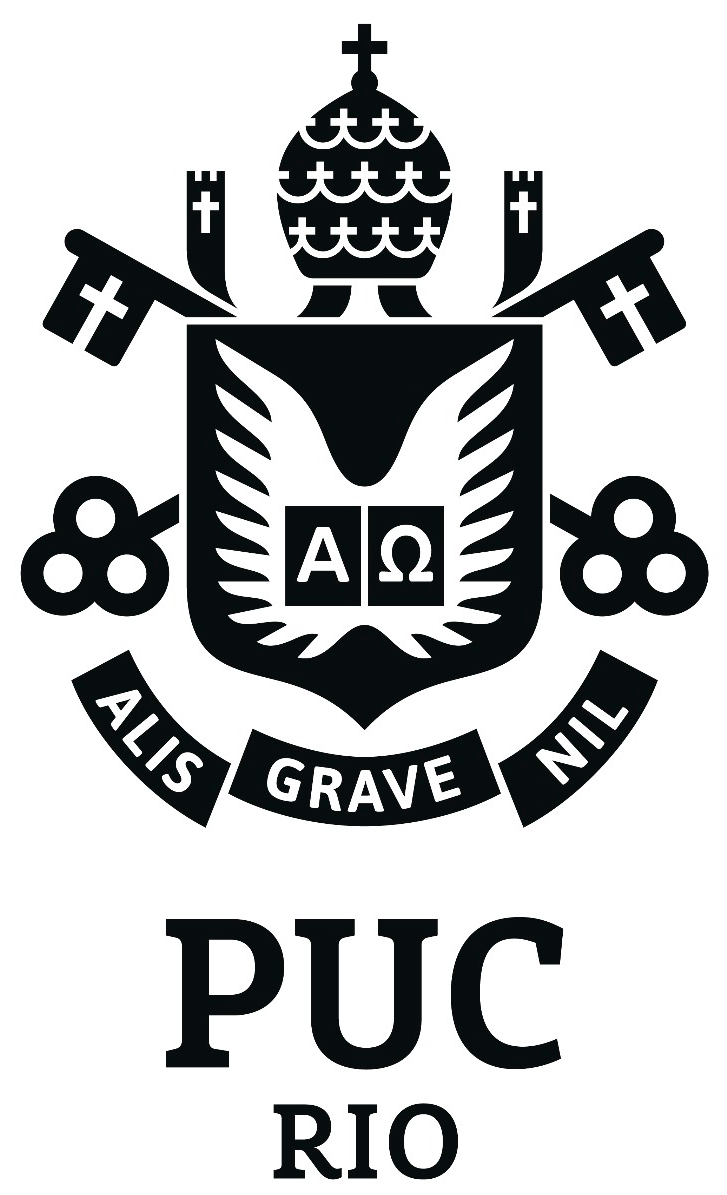A Simple Model of Network Formation with Competition Effects
Journal of Mathematical Economics, v. 99, 2022
Timo Hiller.
Acesse o artigoThis paper provides a game-theoretic model of network formation with a continuous effort choice. Efforts are strategic complements for direct neighbors in the network and display global substitution/competition effects. We show that if the parameter governing local strategic complements is larger than the one governing global strategic substitutes, then all pairwise Nash equilibrium networks are nested split graphs. We also consider the problem of a planner, who can choose effort levels and place links according to a network cost function. Again all socially optimal configurations are such that the network is a nested split graph. However, the socially optimal network may be different from equilibrium networks and efficient effort levels do not coincide with Nash equilibrium effort levels. In the presence of strategic substitutes, Nash equilibrium effort levels may be too high or too low relative to efficient effort levels. The relevant applications are crime networks and R&D collaborations among firms, but also interbank lending and trade.
Veja também
The Value of Health Insurance: A Household Job Search Approach ( a sair)
Journal of Labor Economics, 2025
Gabriela Conti, Renata Narita, Rita Ginja.
Targeting in Adaptive Networks
Journal of Economic Theory, v. 228, 2025
Timo Hiller.
Tradeoffs and synergies for agriculture and environmental outcomes in the tropics (a sair)
Review of Environmental Economics and Policy, 2025
Fanny Moffette, Jennifer Alix-Garcia, Juliano Assunção, Prakash Mishra, Teevrat Garg.

